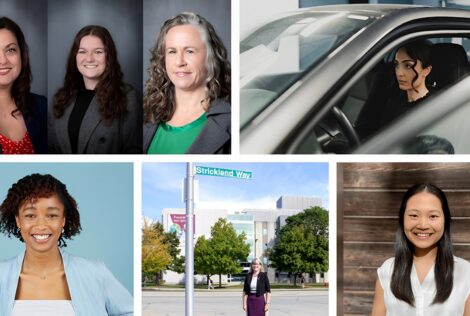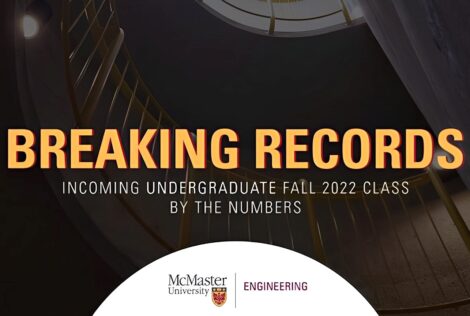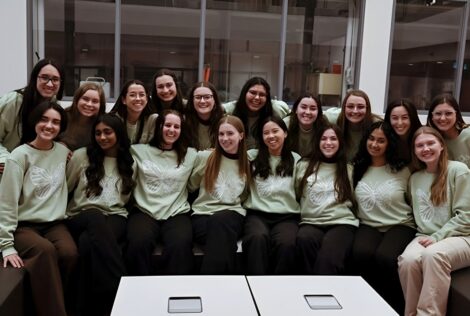
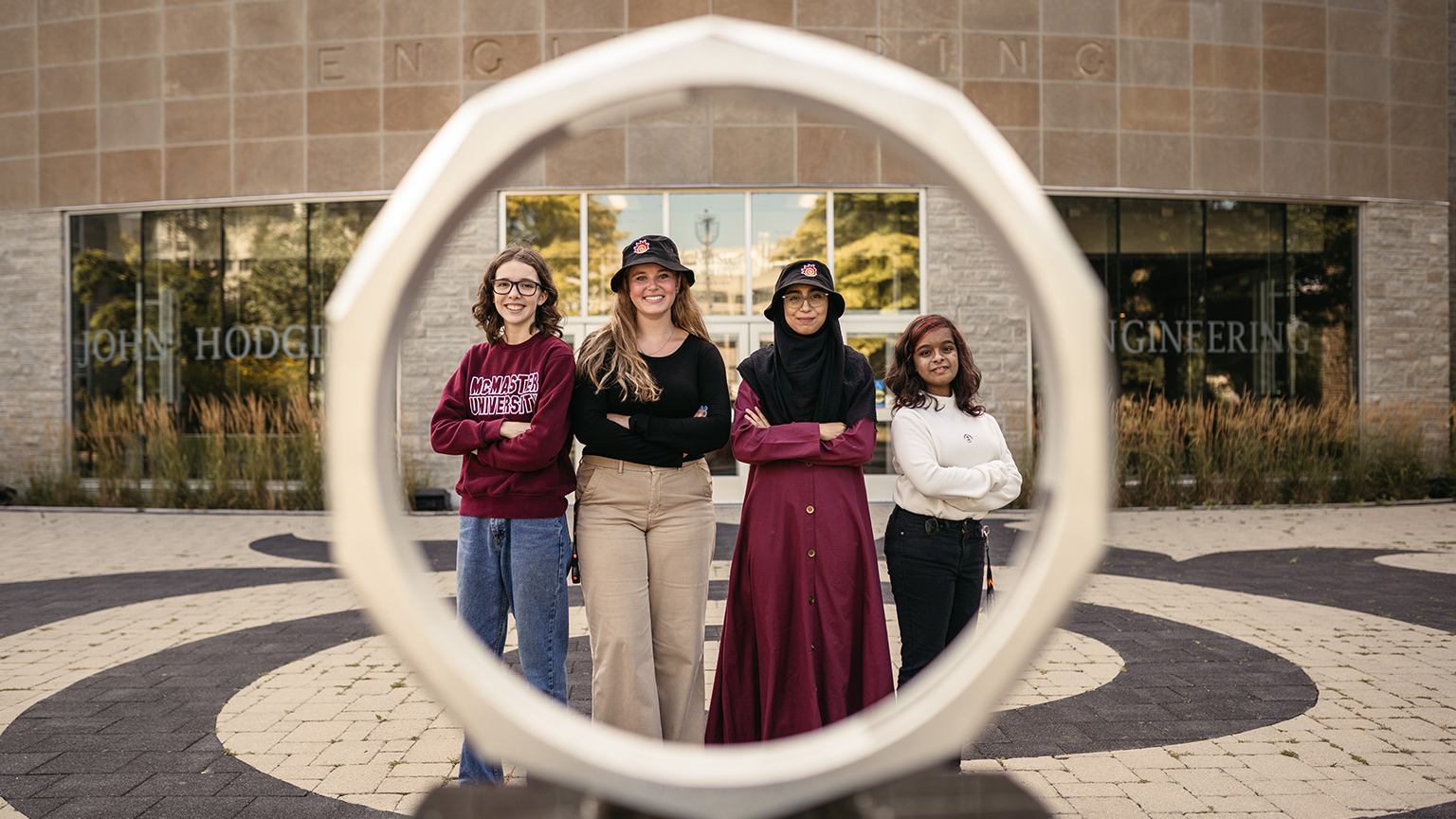
Only a few decades ago, women made up a very small proportion of engineering students across the country.
Today, many of Canada’s most promising young women see themselves as future engineers: problem-solvers capable of making change and addressing society’s most wicked challenges.
This year, McMaster Engineering has reached a new equity milestone, with 40 per cent of incoming undergraduate students being women.
“It’s an incredible accomplishment,” says Dean of Engineering Heather Sheardown, who recently became the first woman to move into the position.

She says the university’s outreach efforts have succeeded in connecting with girls and showing them that they can make a difference in the world through engineering.
Building an engineering program that truly reflects Canadian society remains McMaster’s priority, says Sheardown.
We’ve known forever that diverse teams generate better solutions because we’re not all thinking from the same place. The more perspectives we can get, the better the solution we’ll come up with.
Here are a few of the talented young women making up this year’s incoming undergraduate class:
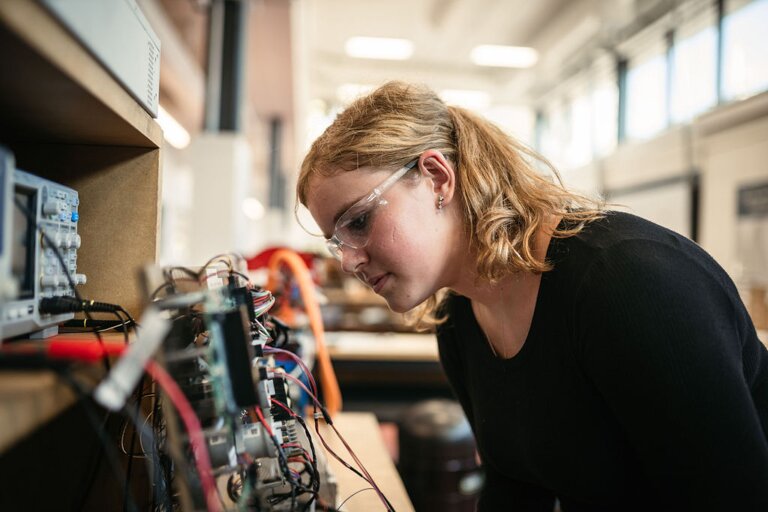
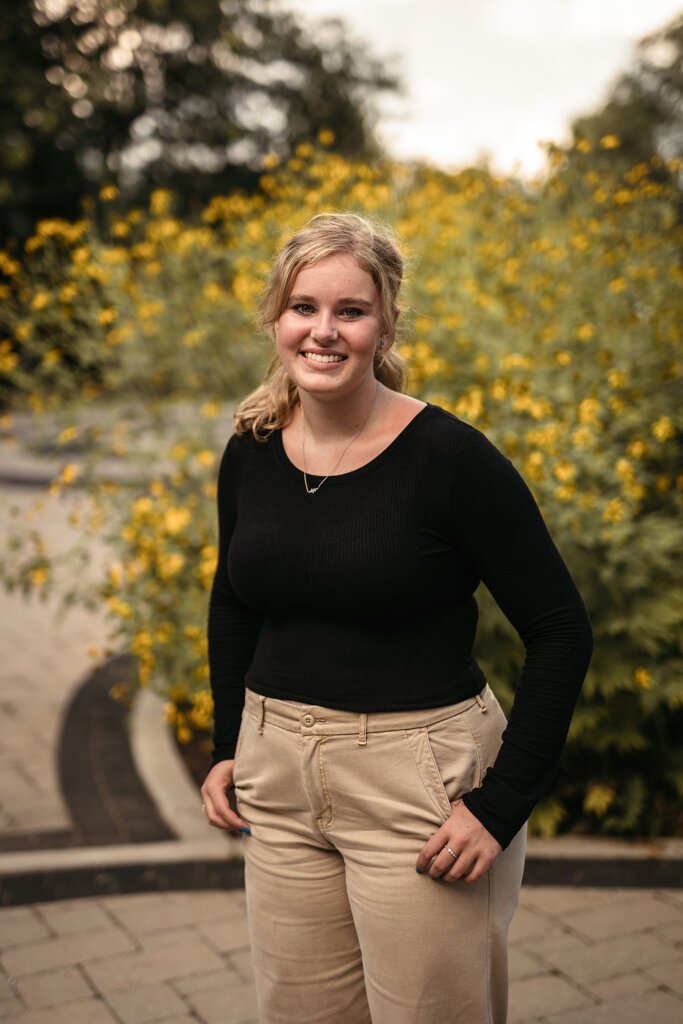
Chelsey Ellis developed a love for biology, health and the human body in her earliest years. Her mother, a family physician, fostered that interest with books and gifts related to human anatomy. But when a Grade 12 class showed her how science could be applied to human health through technologies like gene editing, 3D bioprinting and wearable devices, she knew her future was in engineering.
“I realized that I wanted to be able to apply the science I was learning right away, instead of just learning the science,” she says.
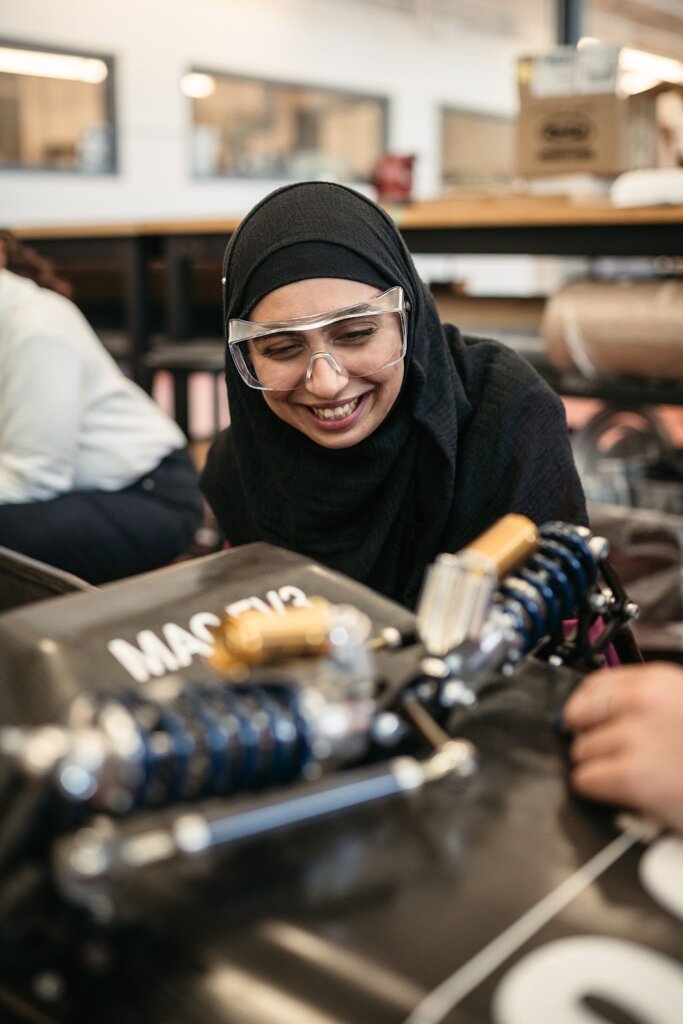
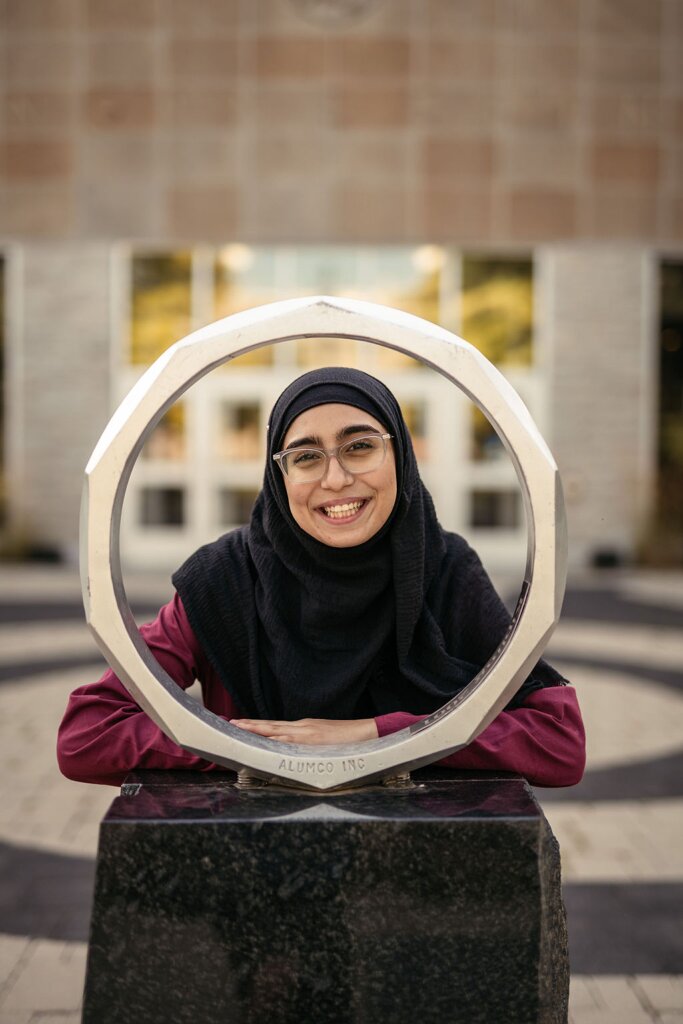
Javayria Mudassar was awarded a prestigious Schulich Leader Scholarship in recognition of her academic excellence and leadership. An aspiring astronaut, she wants to contribute to new technologies that better our understanding of the universe.
And as a Muslim woman who speaks five languages, Mudassar also aims to be a role model who helps “shape a world where talent and passion are valued, regardless of who you are or where you are from.”
“I want to establish that one doesn’t have to choose between religion and STEM and that becoming an engineer who wears a hijab is possible and beneficial,” she says.
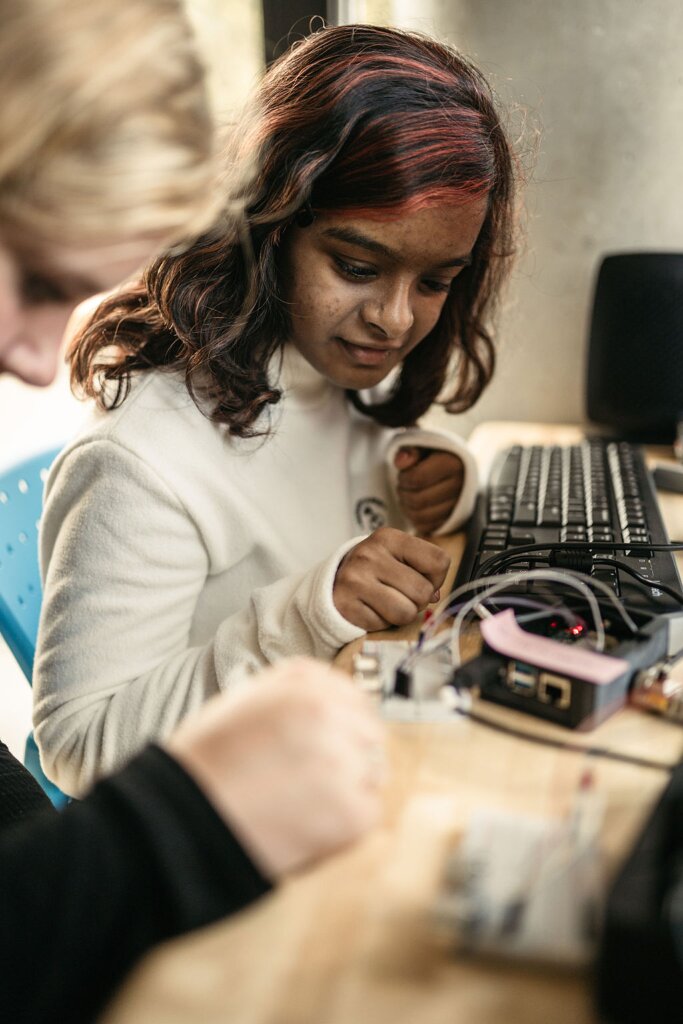
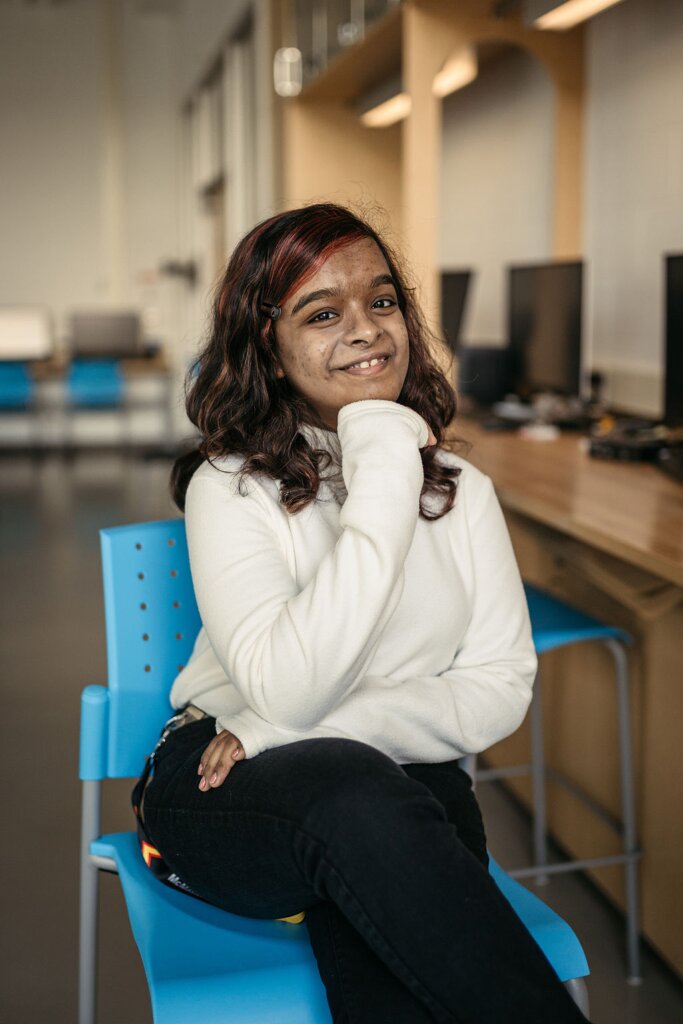
Neaha Bijo intends to study artificial intelligence. She wants to contribute to space exploration by incorporating AI into rovers, but also dreams of building a smart home to help older people with day-to-day activities and make it easier for them to live independently.
She says her mother, a civil engineer, is her biggest supporter and she believes she will succeed as a woman in engineering because it is an innovative field that’s always looking for ideas.
“Diversity brings more ideas to the field. Each person is distinct, and it is this distinctness that fosters innovation.”
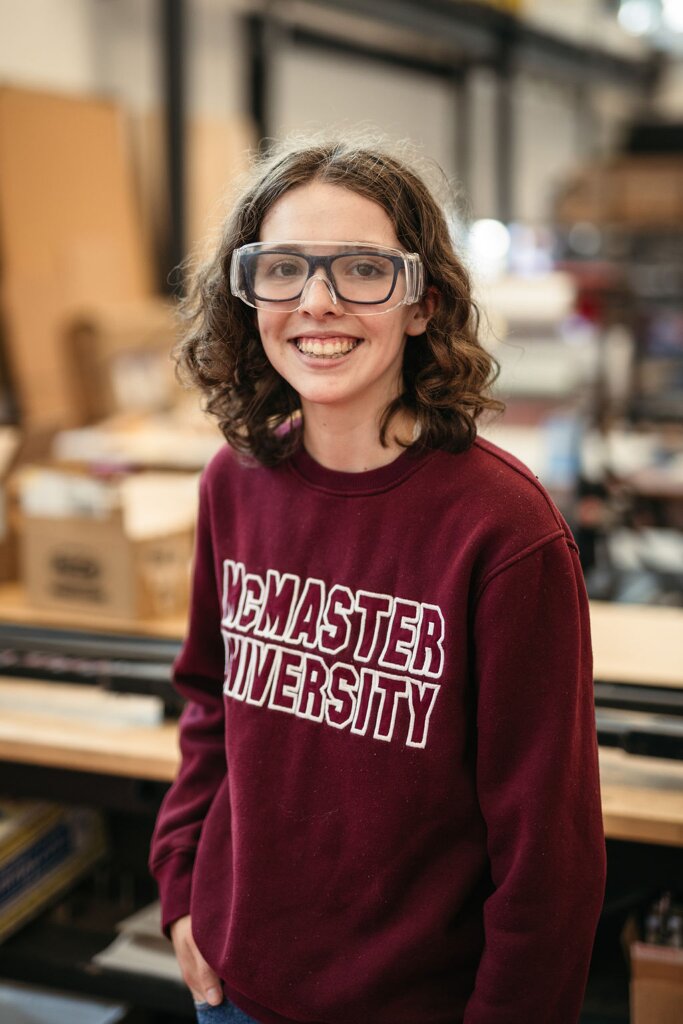
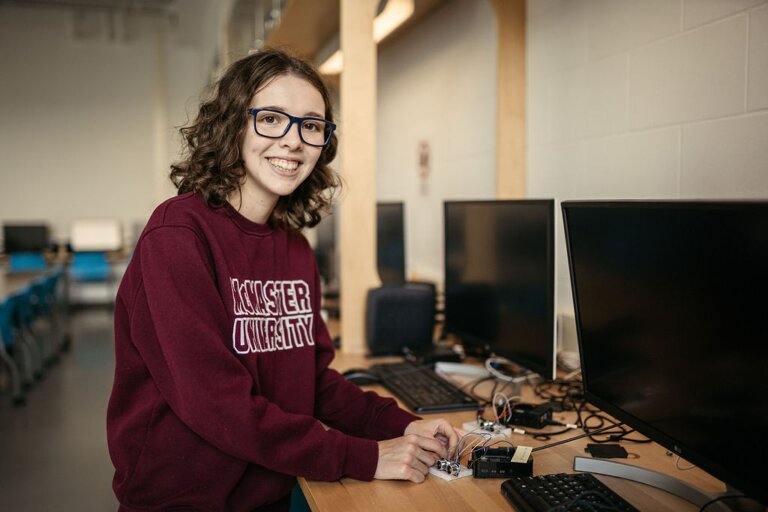
Julia Dowson says participating in an all-girls LEGO Robotics team in middle school helped inspire her to study engineering. She also has a passion for music, playing in her high school band and earning a scholarship for her dedication and skill. While still waiting to see where her studies lead her, she hopes to inspire other young women to study STEM subjects.
“I also hope to be a strong woman leader for people to look up to,” she says.

